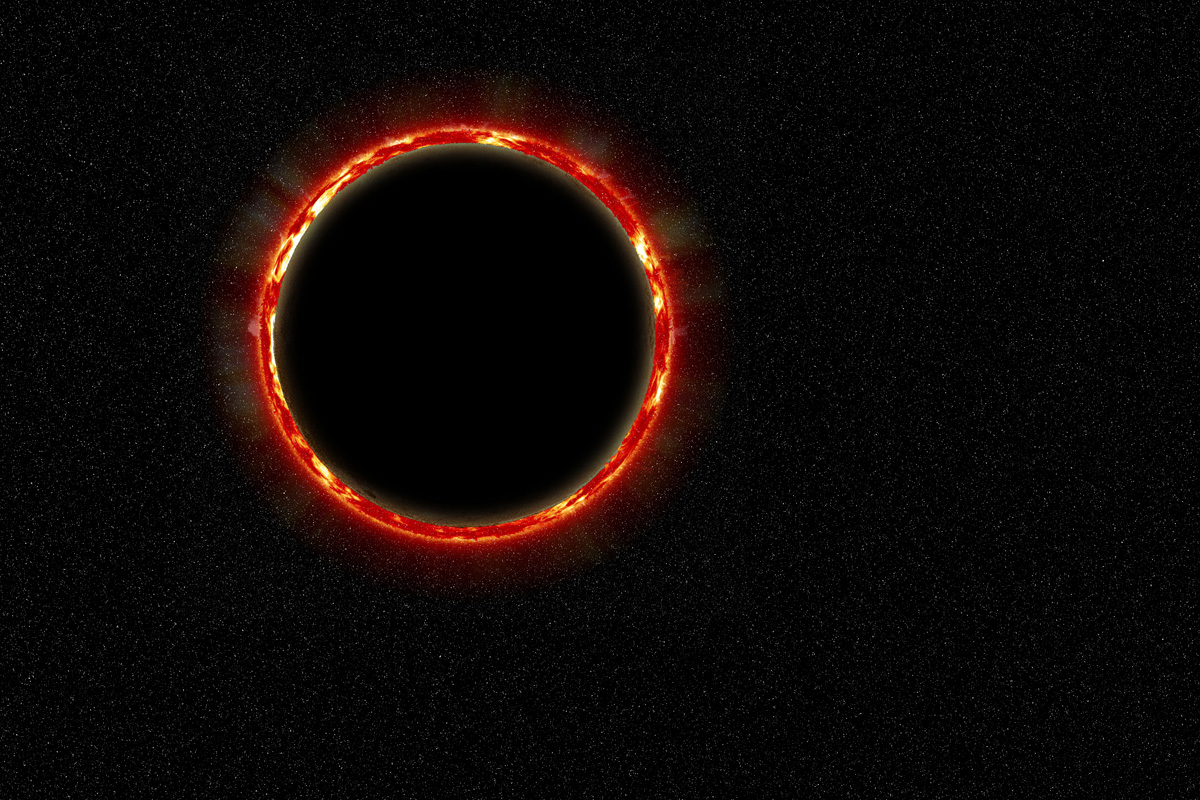A day after joyous celebrations of the ‘Big Day’, Christmas revellers in the city will wake up to a spectacular astronomical phenomenon of a partial solar eclipse after sunrise tomorrow.
The ‘City of Joy’ is to witness the last celestial event of the year when a bright ‘ring of fire’ is expected to light up the sky in the morning hours.
Advertisement
The phenomenon which will be prominently visible from the southern parts of the country is expected to occur as a partial solar eclipse for a little more than three hours in Kolkata.
Notably, a solar eclipse occurs on a new moon day when the moon comes in between the earth and the sun and when all the three objects are aligned. An annular solar eclipse occurs when the angular diameter of the moon, falls short of that of the sun so that it cannot cover up the latter completely.
As a result, a ring of the Sun’s disk remains visible around the Moon.
According to the Positional Astronomy Centre, Kolkata, tomorrow’s eclipse is an annular eclipse in which the annular phase will be visible in the morning after sunrise in parts of Karnataka, Kerala and Tamil Nadu within a narrow corridor of South India and will be seen as partial solar eclipse from the rest part of the country.
The percentage of obscuration will be the maximum in the cities of Mysore, Madurai and Tiruchirappalli, with the Sun being covered for more than 93 per cent. “Kolkata, meanwhile, will experience the eclipse from 8.27 a.m. to 11.32 a.m,” informed Sanjib Sen, director, Positional Astronomy Centre, Kolkata.
“The time of greatest eclipse for the city will be at 9.52a.m. while the maximum obscuration or the percentage of the sun being covered will be 45,” he added.
According to Sen, the annular eclipse on 15 January, 2010, passing through the Southern tips of the country was the longest in the last 1000 years.
The celestial phenomenon, however, will be visible in the city if there’s a clear sky. However, the city’s Met office has forecast a cloudy sky for tomorrow.
The officials of the Positional Astronomy Centre and MP Birla Planetarium, have urged the people of the city to be cautious while watching the phenomenon.
According to Sen, eclipsed sun should not be viewed with the naked eye, even for a very short time. It can cause permanent damage of the eyes leading to blindness even when the moon covers most portion of the Sun. Safe technique to observe the solar eclipse is either by using proper filter like aluminized Mylar, black polymer, welding glass of shade number 14 or by making projection of the Sun’s image on a white board with a telescope.











